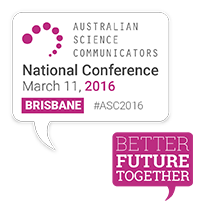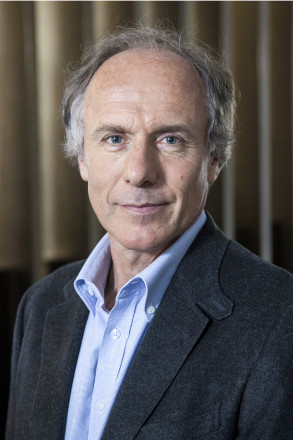Bernard Schiele is a Researcher at the Centre interuniversitaire de recherche sur la science et la technologie (CIRST), and Professor of Communications at the Université du Québec à Montréal (UQAM).
Professor Schiele frequently teaches and lectures in North America, Europe, and Asia. He has been working for a number of years on the socio-dissemination of science and technology. He played a significant role in the creation of the master’s program in museology at UQAM as well as the development of an international PhD in museology in partnership with the Université d’Avignon et des Pays de Vaucluse (UAPV). Professor Schiele is a member of several national and international committees and is a regular consultant on scientific culture matters to governmental bodies and public organizations. He is a founding and current member of the scientific committee of the International Network on Public Communication of Science and Technology (PCST). He has chaired the International Scientific Advisory Committee for the China Science and Technology Museum in Beijing and the scientific committee for the 2012 International Conference on Science Communication in Nancy, France.
In 2012, Professor Schiele was recognized with the Annual International Achievement Award from the International Council of Museums Canada (ICOM).
We sat down with Bernard to chat about his research and find out more about his involvement with science communication.
ASC: How did you find yourself in science communication?
Bernard: I am not in science communication per say. I am an observer of science communication: I try to understand how it works, what its features are, and the processes at play. I came to science communication by studying the representation of science on television, how it was presented to the public, and how it shaped the image that each and everyone had of it. Afterwards, this interest expanded to science museums and science centers. If television remains the single greatest source of information for the majority and a way to interpret the world, museums are appreciated by the public. In short, what drew me towards science communication was this question: how do knowledges – plural – circulate in society once they are beyond the control of specialists? This question entails another one: how does the public appropriate these knowledges, and how, once shared, do they transform our understanding of the world?
ASC: Why is science communication important to you?
Bernard: First, the global impact of science and technology upon society, environment, labor structures, and daily life today is such that no one can remain indifferent. In our modern world, the development of science and technology is the main dynamic behind social transformations and nothing remains immune to it. But science, once synonymous with progress and hegemonic in a world permanently changing, is now viewed as ambiguous as its many promises entail an element of risk. This is why some consider that society’s relationship with science is in a critical phase.
Second, in parallel — and probably as a result — we observe a legitimacy crisis of authority figures, including scientists. Therefore science communication is now synonymous with the involvement of the public. A public that does not want any more to be kept apart from the decision processes that may affect it, especially those involving social choices. The public is not naive : what are usually advertised as purely scientific or technical questions usually involve questions of a social, economic and ethical nature. To exclude them from the debate only fosters doubt and resentment. When facing their consequences, no one as a greater say than any other. The issue is thus no longer about an impossible rise in the individual and collective level of knowledge, but about the impacts of technoscience’s encroachment on society. This is why the debate nowadays focuses more on issues of participation and dialogue, rather than on diffusion. Furthermore, the idea of dialogue implies reciprocity. In other words, it involves equal partners. Thus, it is not enough to be a scientist or an expert to be listened to, let alone to have the final say. The mobilization of the public has become a major social phenomenon.
ASC: What challenges have you faced in talking about science?
Bernard: I had two main challenges. The first was to explain pervasiveness of communication technologies result in a constant flux of information that not only subvert traditional forms of communication and dramatically increase the number of – often contradictory – information sources, it also results in the creation and development of new forms of participatory collaboration. Thus, it becomes increasingly difficult to differentiate information and knowledge from opinion and judgment. This proliferation of immediately accessible discourses by web users, regardless of their actual location, far from allowing the expansion of knowledge, tends on the contrary to limit them to their function as sign. Unless, they actually engage themselves in a systematic and critical investigative process. The second challenge was to explain that nowadays new knowledge is constantly produced in all fields at an ever-increasing pace, forever widening the gap not only between scientists and publics but also between scientists. How can we then expect the public to acquire an all-encompassing scientific culture? Thus, a lack of scientific culture is the dominant feature of our ever more specialized modernity, and this ignorance cannot but further increase. The issue has thus shifted from raising the level of scientific literacy at least to the bare minimum required to become a credible interlocutor, to involving citizens. It is only collectively, with the participation and involvement of each and every citizen, regardless of background, that we will find solutions to the problems we face. It is thus the mobilization and involvement of the scientific community and of all social actors, invited to work alongside each other, that must be encouraged and brought about.
Bernard will join our rejection of science panel at the ASC Conference on March 11 in Brisbane.




